In this week’s edition of automotive terms, we are discussing the contact patch between you and your car and the road surface. Car tyres, often overlooked in the hustle of daily driving, are the unsung heroes of the road. This underrated component plays a pivotal role in the safety, performance, and overall functionality of your vehicle.
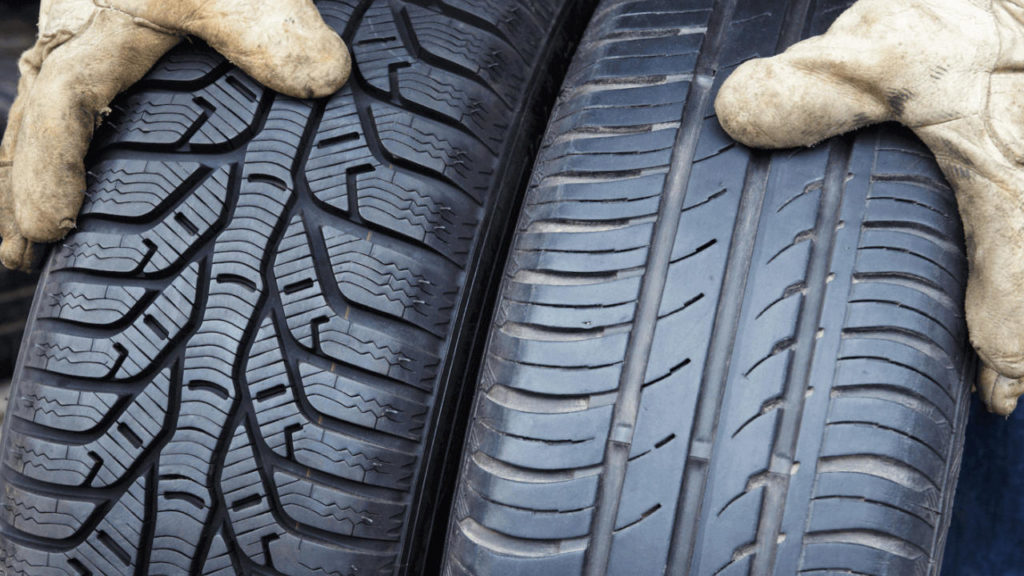
Understanding the basics of car tyres is not just for car enthusiasts; it’s a fundamental knowledge that every driver should possess. Let’s delve into the essential aspects of these circular marvels that keep us rolling on the asphalt. Before we move ahead, here is a beginner’s guide to basic terminologies to make you confident in speaking about cars.
Why Are Tyres Black In Colour?
Tyres are black due to the presence of carbon black, a reinforcing agent added to the rubber during manufacturing. Carbon black enhances strength, durability, heat dispersion, UV resistance, and traction. It plays a crucial role in tyre performance, ensuring resilience and safety on the road.

What Are The Different Sections In A Tyre?
Tread:
- The outer layer of the tyre that is in contact with the road surface.
- Provides traction, grips the road, and influences braking and handling.
Sidewall:
- The vertical side of the tyre connects the tread to the bead.
- Offers lateral stability, protects the tyre from impacts, and displays important information and markings.
Shoulder:
- The transition area between the tread and the sidewall.
- Affects cornering stability and handling characteristics.
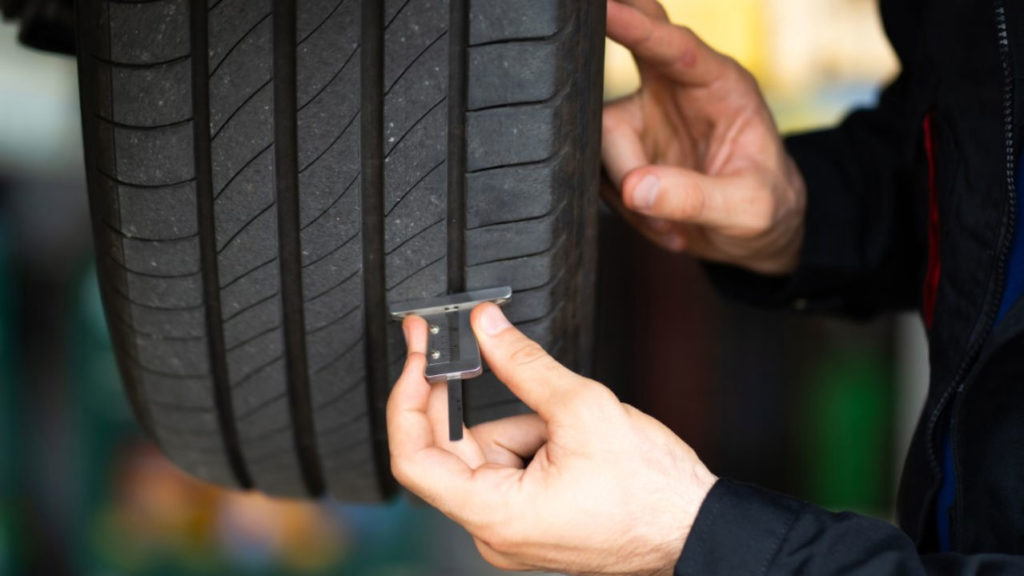
Inner Liner:
- The innermost layer of the tyre.
- Acts as a barrier to keep the air inside and prevent leakage.
Bead:
- The part of the tyre that contacts the wheel rim.
- Ensures a secure fit to the wheel, providing stability and supporting the vehicle’s weight.
Belts (Belt Plies):
- Layers of fabric or steel cords are located beneath the tread.
- Reinforce the tyre, enhancing strength, and providing resistance against punctures and impacts.

What Are The Types Of Tyres?
Radial Tyres:
Layers of cord plies are arranged at right angles to the centerline of the tread, providing enhanced stability and fuel efficiency. Radial tyres are the standard choice for most cars, offering a smooth ride and good traction.
Bias-Ply Tyres:
Layers of cord plies are laid diagonally across the tyre, providing a stiffer sidewall and greater load-carrying capacity. These are found on certain vintage or off-road vehicles.
Tubeless Tyres:
Designed to seal themselves against the rim, eliminating the need for an inner tube. Standard on modern vehicles, offering better safety and fuel efficiency.
Run-Flat Tyres:
Reinforced sidewalls allow the tyre to support the vehicle’s weight for a limited distance even after losing air pressure. Many high-end vehicles come equipped with run-flat tyres as a safety feature.
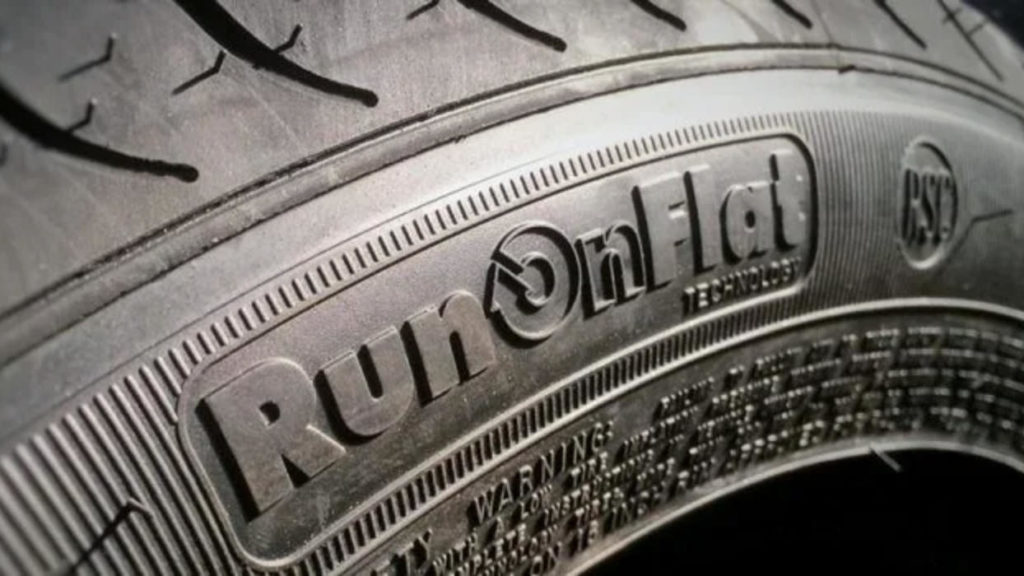
Performance Tyres:
Engineered for enhanced speed and handling, often with a softer rubber compound for better grip. Common on sports cars and high-performance vehicles.
Off-Road Tyres:
Designed with deep tread patterns and reinforced sidewalls for traction on challenging terrains. Used on off-road vehicles, SUVs, and trucks for adventurous or rugged driving.
Green Tyres (Low Rolling Resistance Tyres):
Designed to reduce rolling resistance, improving fuel efficiency and reducing carbon emissions. However, the grip levels are relatively lower as compared to other types of tyres.

What Are Seasonal Tyres?
Winter Tyres: These tyres are made with a softer rubber compound that remains flexible in cold temperatures, and typically features deeper tread patterns for enhanced traction on snow and ice.
Summer Tyres: Designed with a harder rubber compound for better performance in warm weather conditions.
All-Season Tyres: A balance between summer and winter tyres, designed to provide reasonable performance in various conditions.

Hard Compound Tyres v/s Soft Compound Tyres
Hard Compound Tyres:
- Hard compound tyres are more durable and have a longer lifespan. They resist wear and abrasion better, making them suitable for extended use.
- They generate less heat during operation, contributing to their longevity.
- Ideal for drivers who prioritize mileage and a longer tread life.
- Well-suited for touring, commuting, and situations where sustained high speeds are not the primary focus.

Soft Compound Tyres:
- Soft compound tyres use a softer and more pliable rubber formulation.
- They may become less effective in very cold temperatures.
- Tyres tend to generate more heat during operation, which can impact their longevity.
- Ideal for racing, track days, and situations where maximum grip is crucial.

Radial Tyres v/s Non-Radial (Bias-Ply) Tyres
Radial Tyres:
- Radial tyres have more flexible sidewalls, contributing to a smoother and more comfortable ride.
- They are often preferred for passenger vehicles where ride comfort is a priority.
- These tyres are known for better traction, especially on wet and slippery surfaces.
- Radials provide improved fuel efficiency due to lower rolling resistance.
- They are widely used in passenger cars, motorcycles, and many other vehicles.

Non-Radial (Bias-Ply) Tyres:
- Non-radial tyres are known as the workhorse of tyres.
- They are generally chosen for applications that require high load-carrying capacity. Suitable for some off-road vehicles, trucks, and industrial equipment.
- These tyres have stiffer sidewalls, which can provide better resistance to cuts and punctures in challenging terrains.

What Is Tread Pattern On Tyres?
The tread pattern on tyres refers to the design of the grooves, channels, and patterns on the outer surface of the tyre’s tread. Tread patterns are not just aesthetic features; they serve crucial functional purposes and are designed to optimize the tyre’s performance in various driving conditions. Here are the key aspects of tread patterns:
- Traction: Designed for grip on different road surfaces.
- Water Evacuation: Channels to prevent hydroplaning by dispersing water.
- Handling: Influences responsiveness and stability during manoeuvres.
- Winter Traction: Specific patterns for better grip on snow and ice.
- Noise Reduction: Optimized for a quieter and more comfortable ride.
- Wear Resistance: Impacts longevity and tread life.
- Performance Characteristics: Varied patterns for specific performance needs.

Types Of Tread Patterns
- Directional Tread: V-shaped or arrow-shaped grooves that point in the direction of rotation. Effective for water evacuation and traction.
- Symmetrical Tread: The tread pattern is the same on both sides of the tyre, often providing good all-around performance and versatility.
- Asymmetrical Tread: Different patterns on the inner and outer halves of the tyre, optimized for specific performance characteristics like cornering grip and straight-line stability.
- Blocky Tread: Larger tread blocks with minimal grooves, often found in high-performance tyres for maximum contact and grip.

What Are The Markings On The Tyre Side Wall?
The markings on a tyre’s sidewall contain important information about its specifications, size, and performance characteristics. Deciphering these markings can provide valuable details about the tyre. Here are some common markings and what they typically represent:

Example Tyre Size [205/55 R16 91V]
- 205: The width of the tyre in mm.
- 55: The aspect ratio represents the height of the sidewall as a percentage of the tyre’s width.
- R: Denotes radial construction.
- 16: The diameter of the wheel, in inches, that the tyre is designed to fit.
- 91: It is called the load index number representing the maximum load-carrying capacity of the tyre.
- V: This letter indicates the maximum speed at which the tyre can safely operate. For V, the tyre is rated to travel up to 240 km/h.

What Is Tyre Pressure?
Tyre pressure refers to the air level inside a tyre, measured in psi or kPa. Maintaining the recommended pressure is vital for fuel efficiency, safety, and tyre longevity.
- Inflation Levels: Maintain the recommended tyre pressure for optimal performance and safety, as specified in the owner’s manual or on the door jamb.
- Underinflation: Underinflated tyres lead to reduced fuel efficiency, compromised handling, and increased tyre wear.
- Overinflation: Overinflated tyres result in a harsher ride, reduced traction, and uneven tyre wear.
- Fuel Efficiency: Properly inflated tyres reduce rolling resistance, enhancing fuel efficiency.
- Safety: Correct tyre pressure is crucial for safety, preventing overheating and reducing the risk of blowouts.
- Temperature Effects: Regularly check and adjust tyre pressure with significant temperature changes for consistent performance.
- Maintenance: Routinely check tyre pressure when cool for accurate readings, contributing to overall vehicle maintenance.
- Tyre Pressure Monitoring System (TPMS): The system alerts drivers when tyre pressure is significantly below recommended levels, enhancing safety awareness.
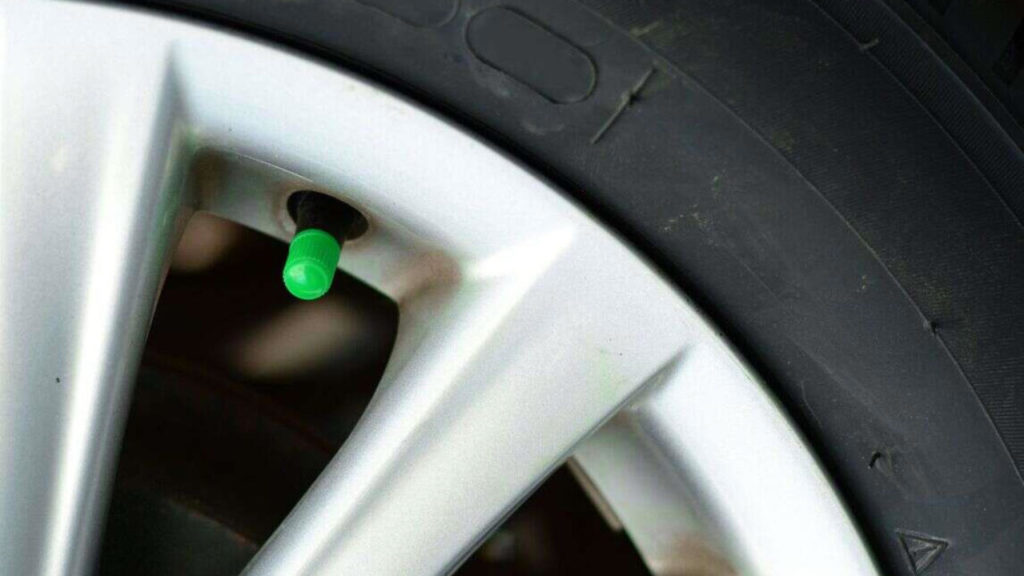
Use Of Nitrogen In Tyres
Using nitrogen in tyres can offer benefits such as reduced pressure loss over time, stable pressure in varying temperatures, potentially extending tyre life, improving fuel efficiency, resisting oxidation, and minimizing corrosion of internal components, as nitrogen is inert and lacks moisture compared to compressed air. However, regular tyre pressure maintenance remains important.
Tyres Used In Motorsports
Motorsports demand high-performance tyres tailored to specific conditions. Here are the types used in various events:
Formula 1 & Moto GP Tyres:
- Slick for dry, grooved for wet.
- Radial with a single-layer sidewall.
- Soft compounds for grip and durability.
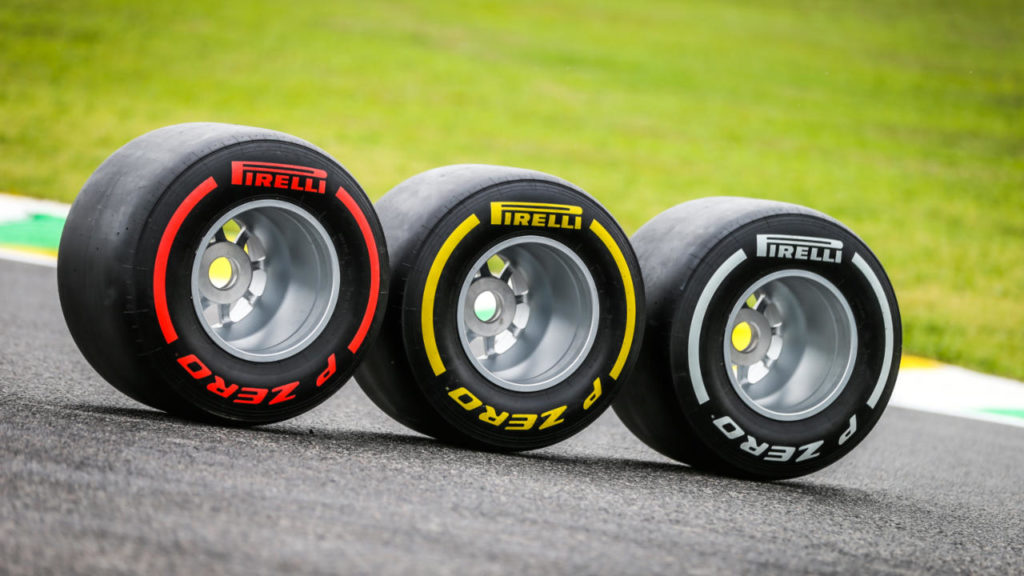
NASCAR Tyres:
- Slicks optimized for oval tracks.
- Bias-ply with strong sidewalls.
- Durable compounds for long races.
Endurance Racing Tyres:
- Slick or semi-slick for long-distance.
- Radial for stability.
- Durable compounds, reinforced sidewalls.
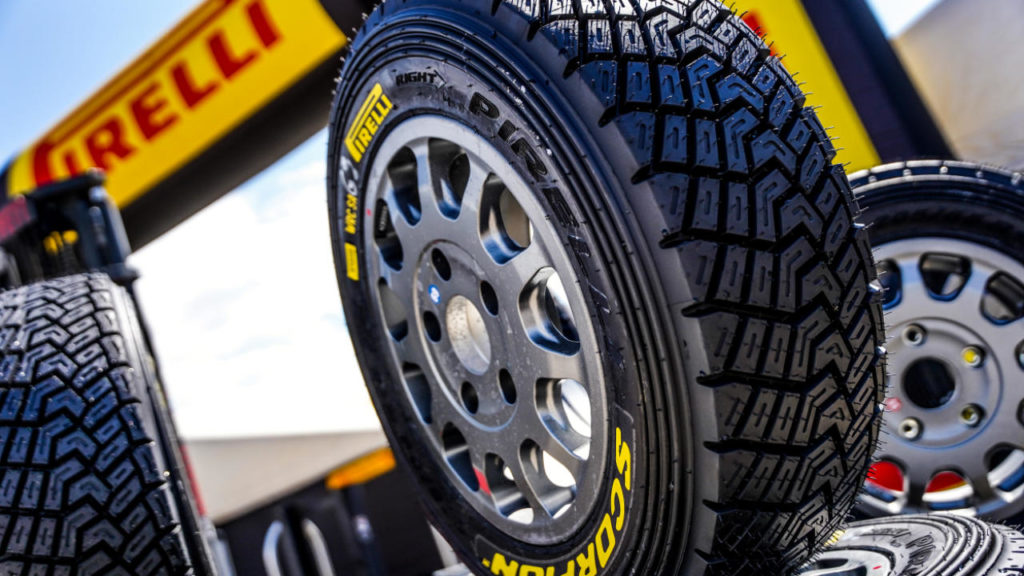
Rally Tyres:
- Treaded for diverse terrains.
- Reinforced sidewalls.
- Soft compounds for loose surfaces, stiffer for tarmac.
Motocross Tyres:
- Knobby for off-road biking.
- Bias-ply for durability.
- Aggressive tread for varied terrains.
Drag Racing Tyres:
- Slicks for straight-line acceleration.
- Radial or bias-ply.
- Soft compounds for optimal launch grip.
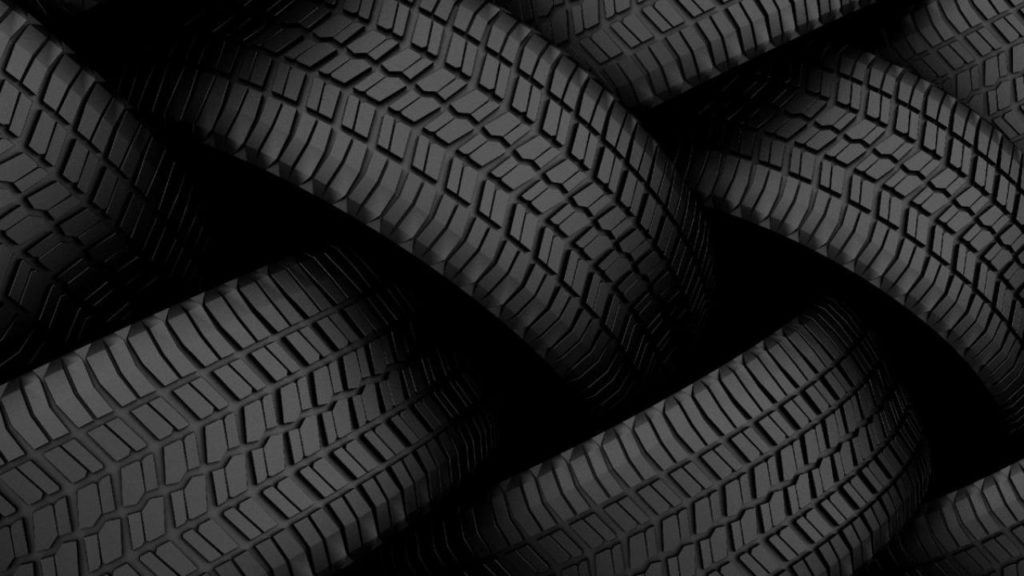
Future Of Car Tyres
- Smart Tyres: Sensors in tyres for real-time data on tread wear, temperature, and pressure.
- Airless Tyres: These tyres will be developed to tackle risks from punctures.
- Sustainable Materials: Increased use of sustainable materials in tyre production. Exploration of bio-based or recycled materials beyond traditional rubber.
- 3D-Printed Tyres: Advancements in 3D printing for custom-designed tyres. These tyres will offer enhanced performance with minimal waste during manufacturing.
- Self-Healing Tyres: Tyres that will heal themselves after a puncture possibly by involving a solution that is added inside the tyre.
- Advanced Tread Designs: Tread patterns that change themselves by adjusting to real-time road conditions.
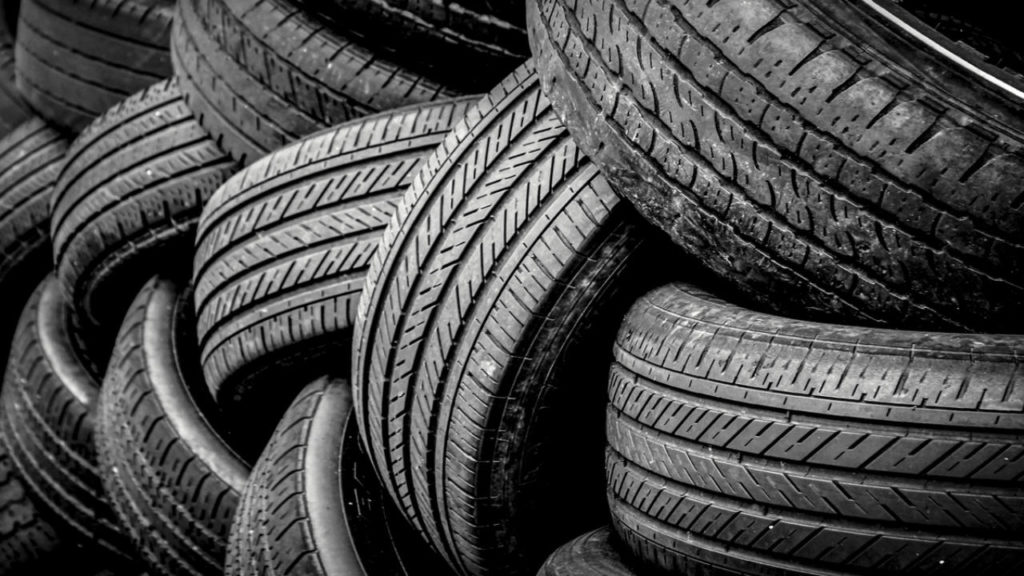
Here is your complete guide on the tyres of a car. Now, if you are wondering what is the right time to change your tyre? Then here is a guide that explains the right time to change your car tyre in detail. We will be posting detailed blogs on other components of a car. Keep an eye on the DubiCars Blog section for more such guides.
Looking to own a car? Here is a list of used cars on sale in the UAE and new cars on sale in the UAE.
Other Automotive Guides:
The post Get To Know Your Car Better: A Detailed Guide To Automotive Terms — Car Wheels appeared first on Dubi Cars - New and Used Cars.
from Dubi Cars – New and Used Cars https://ift.tt/VRc3Io5
https://ift.tt/FlWXjfP